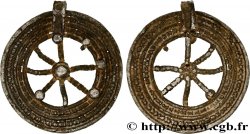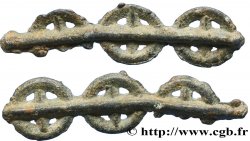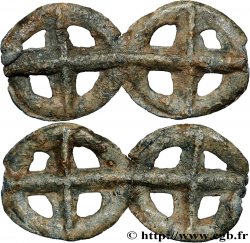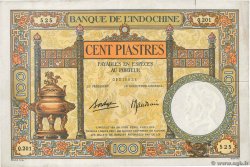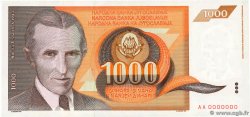Live auction - bga_528938 - "ROUELLES" Rouelle en argent à six rayons
You must signin and be an approved bidder to bid, LOGIN TO BID. Accounts are subject to approval and the approval process takes place within 48 hours. Do not wait until the day a sale closes to register. Clicking on "BID" constitutes acceptance of the terms of use of cgb.fr private live auctions.
Bids must be placed in whole Euro amounts only. The sale will start closing at the time stated on the item description; any bids received at the site after the closing time will not be executed. Transmission times may vary and bids could be rejected if you wait until the last second. For further information check the Live auction FAQ
All winning bids are subject to a 18% buyer’s fee.
All winning bids are subject to a 18% buyer’s fee.
| Estimate : | 2 000 € |
| Price : | no bid |
| Maximum bid : | no bid |
| End of the sale : | 04 June 2019 16:11:05 |
Type : Rouelle en argent à six rayons
Date: Ier siècle avant J.-C.
Metal : silver
Diameter : 28 mm
Weight : 7,18 g.
Rarity : R3
Coments on the condition:
Taille remarquable pour une rouelle en argent ! Magnifique objet au symbolisme naviguant entre le cultuel et le monétaire. Jolie patine grise
Catalogue references :
Obverse
Reverse
Commentary
Ce type de rouelle en argent se rencontre vraiment exceptionnellement.
Les rouelles en or et en argent avaient vraisemblablement une valeur monétaire, de par leur métal, mais aussi cultuelle !.
Les rouelles en or et en argent avaient vraisemblablement une valeur monétaire, de par leur métal, mais aussi cultuelle !.







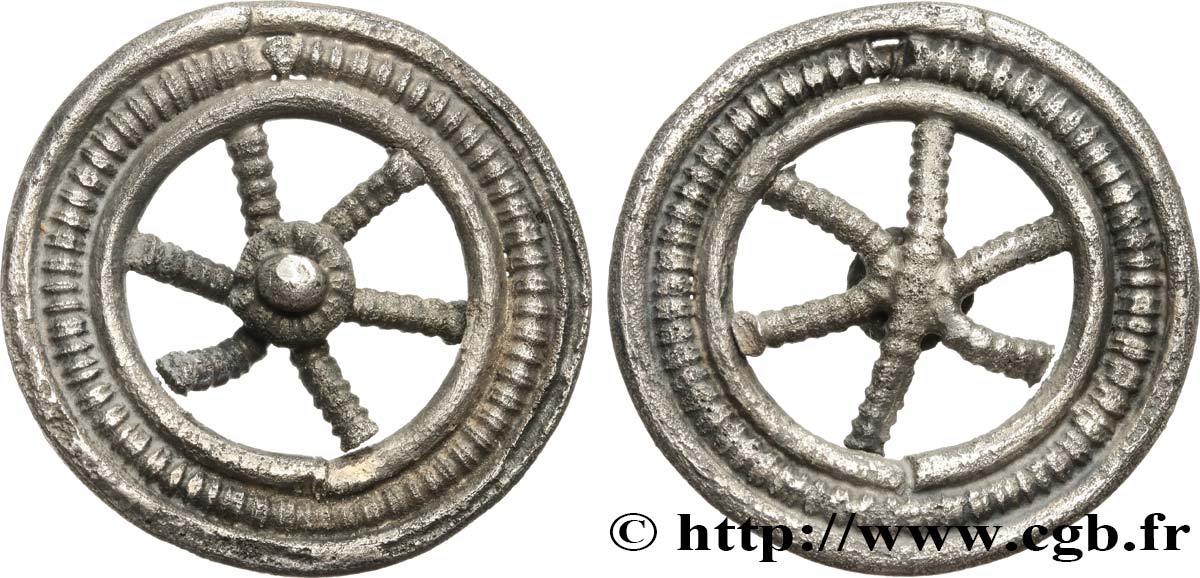
 Report a mistake
Report a mistake Print the page
Print the page Share my selection
Share my selection Ask a question
Ask a question Consign / sell
Consign / sell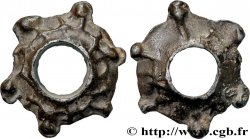
 Full data
Full data